These noses can track what the human eye can’t.

Some dogs were bred to guard, others to herd, but a select few were built for the art of scent. Their noses aren’t just sharp—they’re biological instruments capable of parsing one molecule out of billions. The average dog has around 300 million scent receptors. Humans have about five million. That’s like comparing a pocket flashlight to a searchlight on a helicopter.
Across centuries, these dogs have found lost children, fugitives, disaster survivors, and even disease. Their work stretches from police units to hospital wards, showing that a powerful nose is more than instinct—it’s science in motion.
1. Bloodhounds redefine what “tracking” really means.
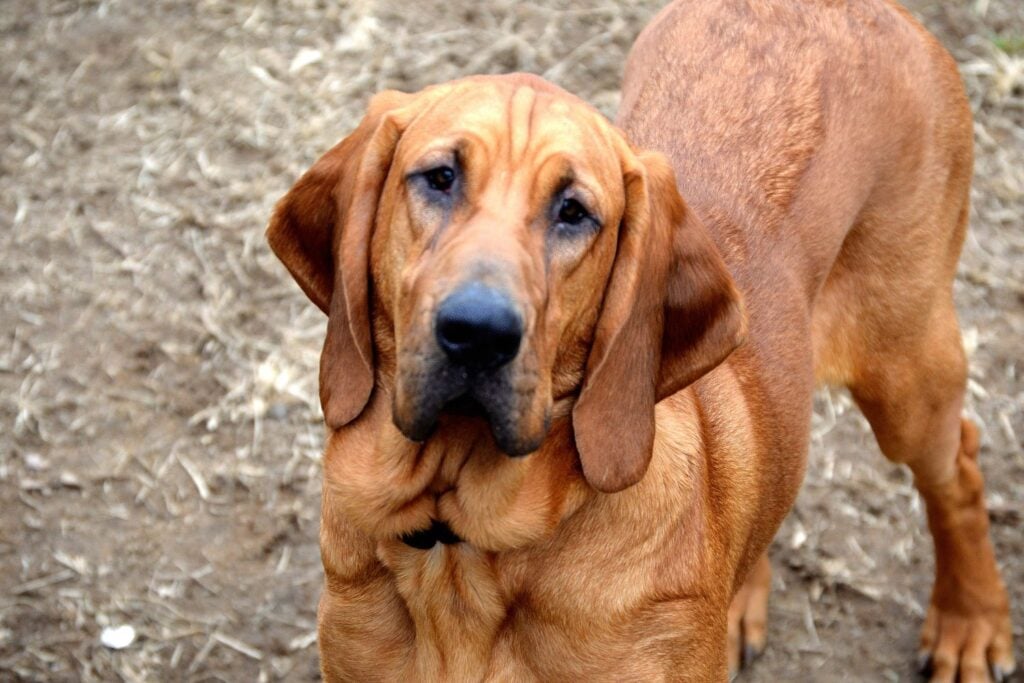
With their long, drooping ears and loose skin, Bloodhounds aren’t built for beauty—they’re built for efficiency. Each wrinkle helps trap scent particles, keeping them close as they track for miles. Their olfactory lobe is enormous, and their scent memory can last for weeks. As stated by the American Kennel Club, Bloodhounds can follow trails more than 130 miles old, a feat unmatched by any other breed. When police or rescue units hit a dead end, these dogs often turn the impossible into routine.
Once locked onto a scent, nothing distracts them. Their deep focus and single-minded persistence make them both fascinating and frustrating to handle. But that same intensity is what makes them the most respected scent dogs in the world.
2. Beagles find everything from rabbits to contraband.
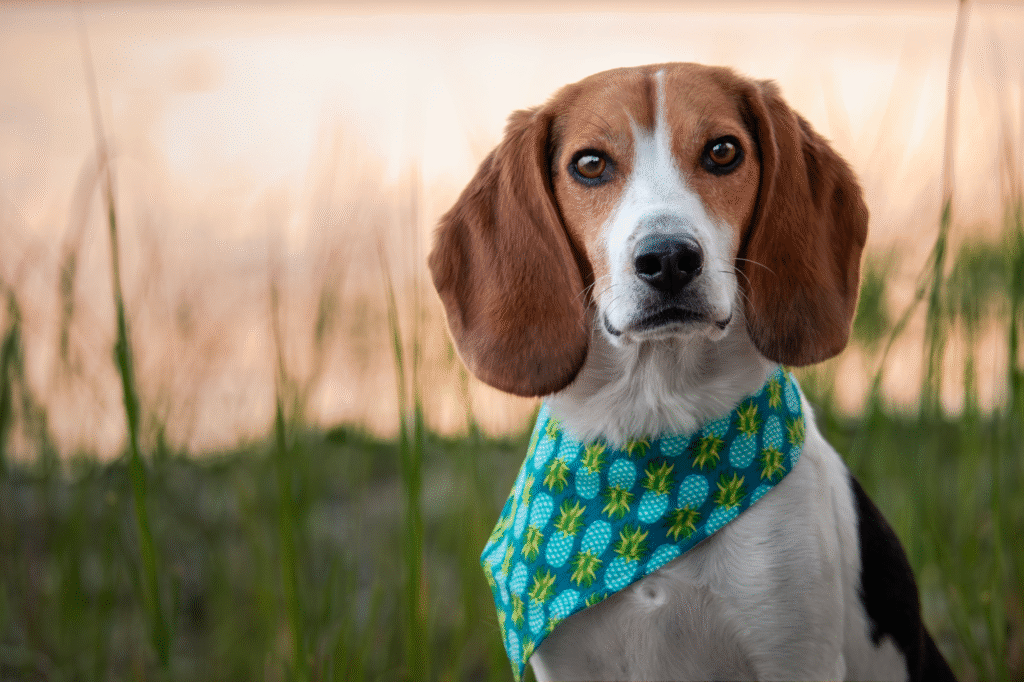
Compact, sociable, and stubborn in the best way, Beagles were made to pursue scent first and listen later. Their small size allows them to work efficiently in tight spaces, like luggage areas and cargo bays. They’re famously used at airports to detect illegal food, plants, and drugs—earning them a reputation as the friendliest customs agents alive. Beagles have a nose-to-brain ratio that rivals larger hounds, as discovered by the U.S. Department of Agriculture.
Their playful nature hides an incredibly analytical brain. Once they catch a whiff of something, they move methodically, tail wagging like a metronome. Their work ethic is hidden beneath charm, but the results speak for themselves.
3. German Shepherds can smell danger before it happens.

German Shepherds are the gold standard for police and military scent work. Their intelligence, paired with an extraordinary ability to detect human scent and emotion, makes them versatile in every sense of the word. According to the National Police Dog Foundation, they’re trained not only to track suspects but also to detect bombs, drugs, and missing persons.
They process scent differently—layering information, almost like reading a story written in molecules. Their controlled drive means they can distinguish between a friend and a threat with near-flawless accuracy, giving them a legendary reputation that stretches far beyond law enforcement.
4. Basset Hounds don’t rush; they outlast the trail.
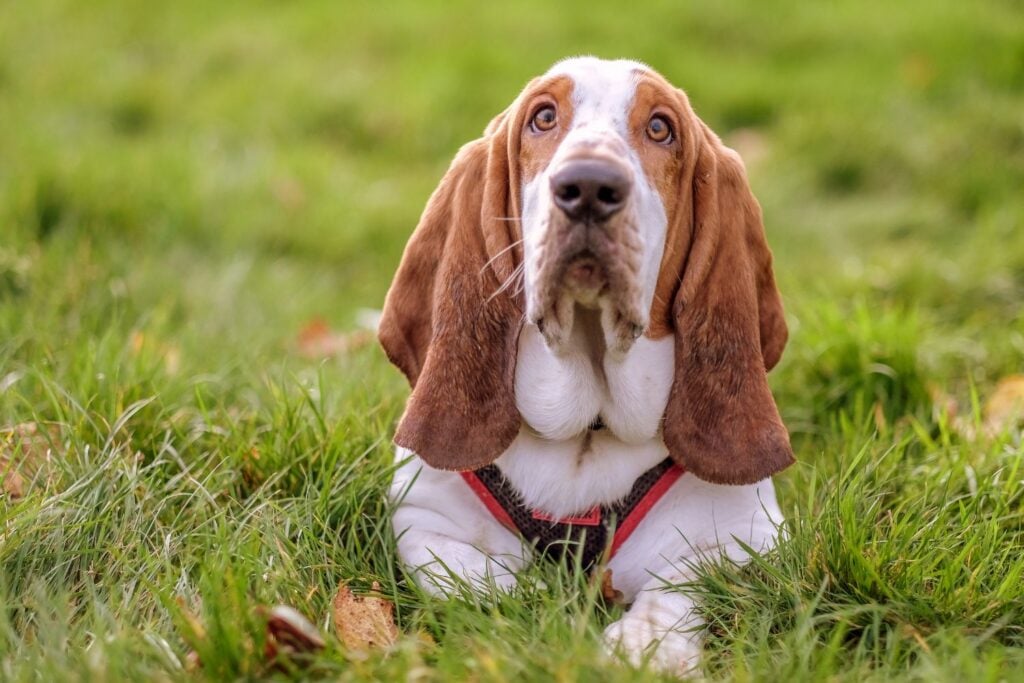
Those low-slung bodies and massive ears serve a scientific purpose. Basset Hounds work close to the ground, their noses vacuuming up scent trails too faint for most dogs to follow. Their short legs keep them steady and slow, which lets them focus for hours without distraction. Hunters have relied on them for centuries to pursue rabbits and deer across uneven terrain.
Unlike faster breeds, Bassets don’t lose interest when a scent goes cold. They methodically untangle odor trails, one molecule at a time, turning patience into precision. Their determination makes them masters of the long game in scent work.
5. Coonhounds work nights and never lose the trail.
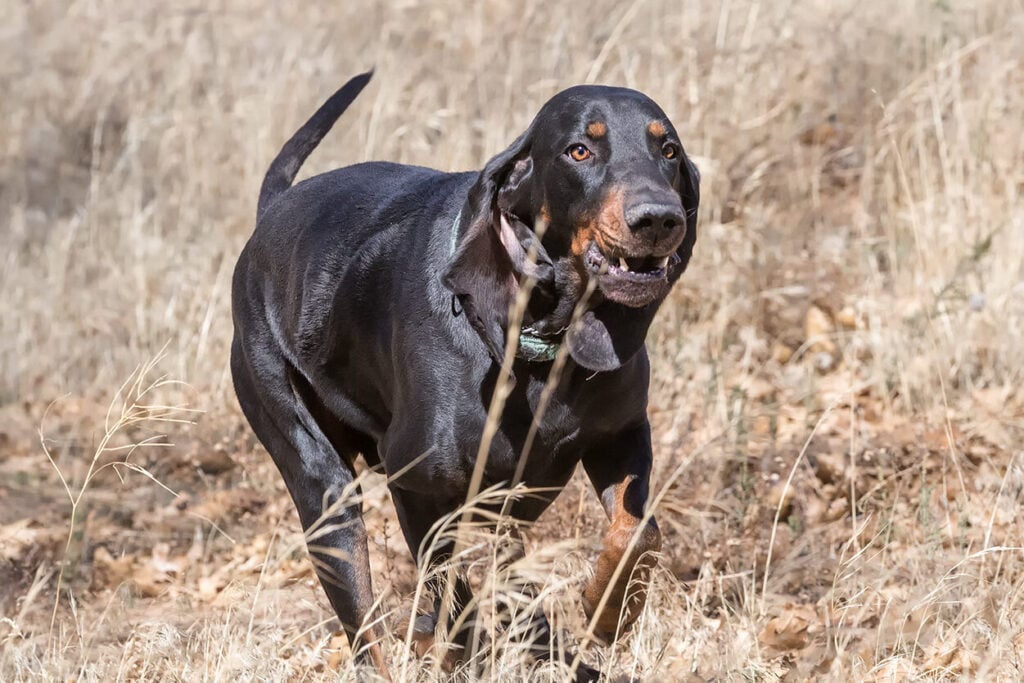
Coonhounds, with their booming voices and endless energy, were designed for endurance. They follow raccoons, mountain lions, and bears through dense forests, often working through pitch-black nights guided only by smell. Their ability to distinguish one scent trail from another in chaotic terrain has made them legends among hunters.
Different types—like Bluetick, Redbone, and Black and Tan—excel in slightly different conditions, but all share the same tenacity. They don’t give up until they find what they’re tracking, even when the trail crosses water or climbs into trees.
6. Labrador Retrievers use scent to save lives.

Labs are famous for retrieving ducks, but their scenting talents go far beyond ponds. They can smell explosives, narcotics, even cancer cells. Their keen nose and easygoing nature make them ideal detection dogs in airports and hospitals. In studies, they’ve identified COVID-19 and certain cancers at higher accuracy rates than lab tests.
They work with enthusiasm, balancing speed and control like few other breeds can. Whether searching rubble after disasters or screening travelers, Labs have proven that scent detection can bridge science and instinct in ways that change lives.
7. Belgian Malinois detect what technology can’t replicate.
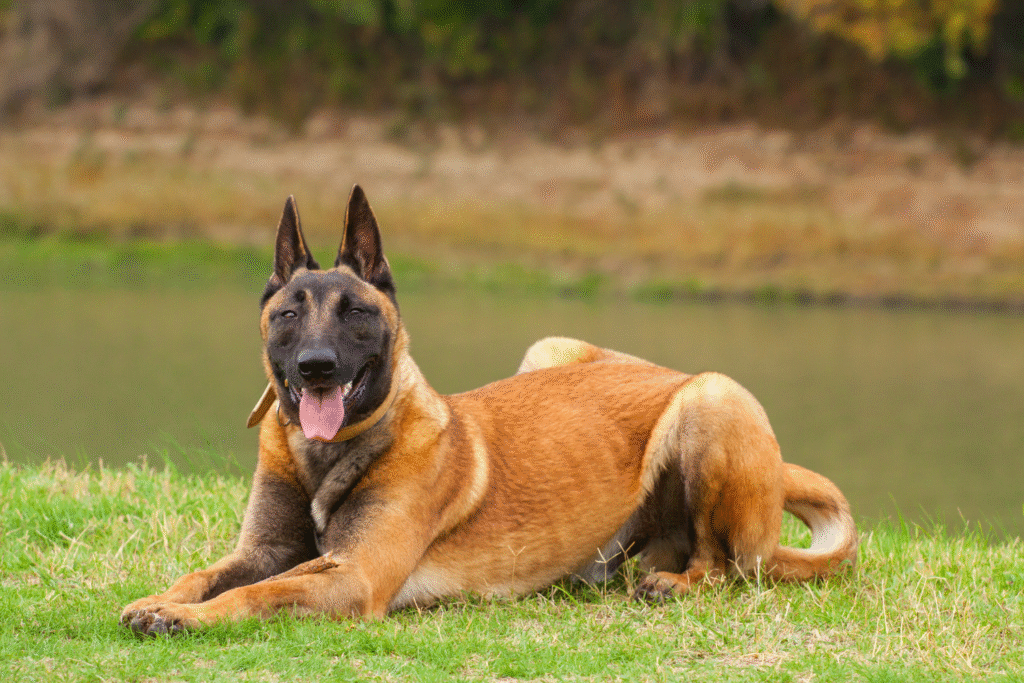
Used by military and special forces worldwide, Belgian Malinois combine speed, scent, and precision. Their olfactory skills are exceptional, but what makes them stand out is their ability to act on scent cues instantly. They can locate explosives buried underground or hidden in vehicles faster than machinery.
Malinois have become irreplaceable in operations where timing decides outcomes. They’re not just following scent—they’re reading the world in chemical patterns that humans can’t perceive. Their work shows the frontier of scent-based intelligence in real time.
8. Springer Spaniels find missing evidence in plain sight.

Springer Spaniels might look soft, but their noses are sharp tools of investigation. They’re often used by police to detect firearms and drugs during searches. What makes them unique is their enthusiasm and agility—they can weave through tight spaces or leap across debris while keeping scent locked in.
Their cheerful demeanor hides a relentless drive. Unlike heavier breeds, they use energy to their advantage, bouncing from one search point to another like scent detectives on caffeine. Their precision often turns up hidden contraband that technology overlooks.
9. Dachshunds have a small body but big olfactory range.

Originally bred to track badgers, Dachshunds have noses nearly as powerful as full-sized hounds. Their elongated snouts give them an exceptional surface area for scent receptors. Despite their playful attitude, they’re natural trackers that can follow game through underground tunnels.
Modern Dachshunds still retain that ancient drive. Many excel in scent trials and earthdog competitions, proving that tenacity matters more than size. They may look cute in sweaters, but their tracking instincts never left their DNA.
10. Weimaraners turn scent into a high-speed pursuit.
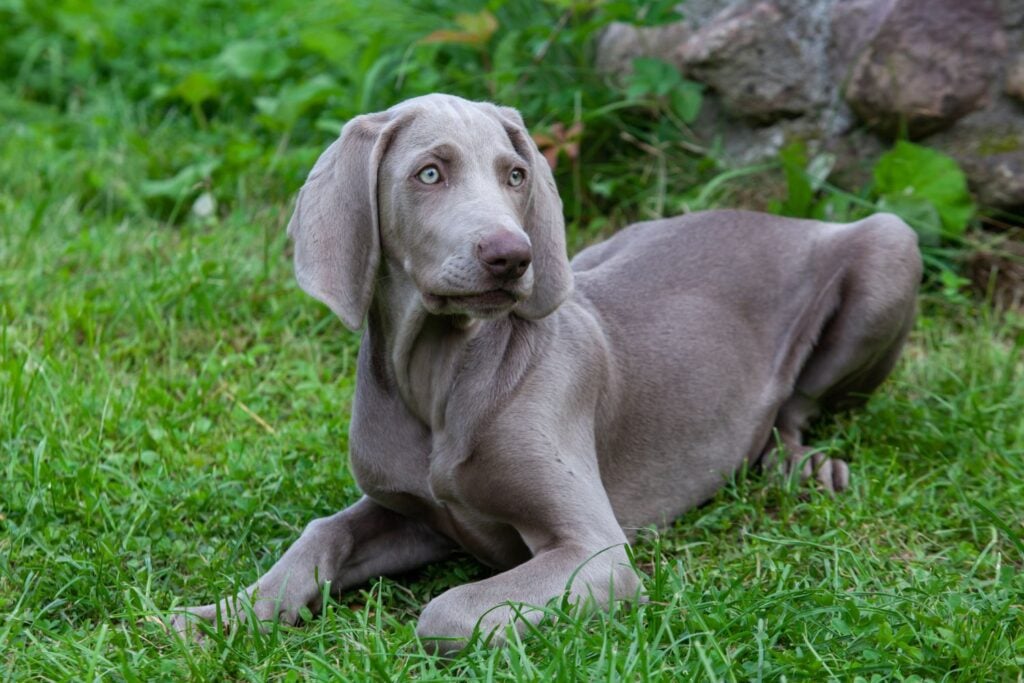
Sleek, silver-coated, and athletic, Weimaraners are hunting dogs built for precision. They rely on scent to locate birds from long distances, often working across open fields where odor disperses quickly. Their ability to lock onto faint trails in the wind makes them favorites among game hunters.
What’s remarkable is their adaptability. They switch between ground scent and air scenting depending on conditions, a rare flexibility among breeds. Their loyalty and drive make them both athletes and analysts in the scenting world.
11. Catahoula Leopard Dogs see scent as a puzzle.

This Louisiana native uses scenting ability differently—it blends smell, sight, and sound to herd livestock or track game through swamps. Catahoulas can process overlapping scent trails, making them adept at following multiple animals at once. Their intelligence allows them to adapt mid-track, choosing which direction to pursue.
They’ve been called the “thinking trackers” of the South, and it fits. Their scent work is less about repetition and more about intuition, turning problem-solving into art. Few breeds balance raw scent power with that kind of flexible reasoning.
